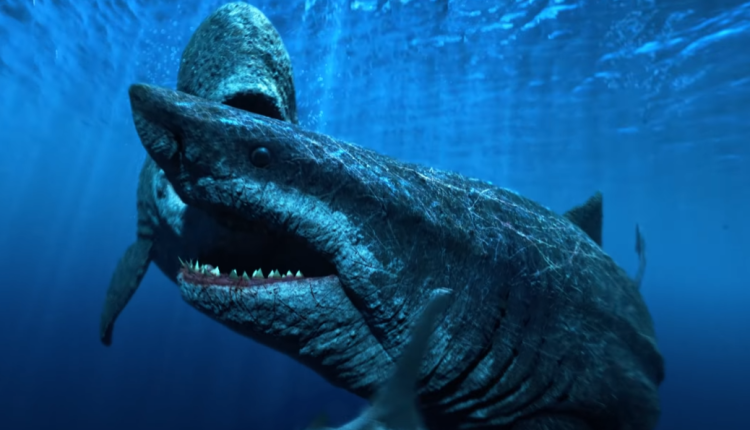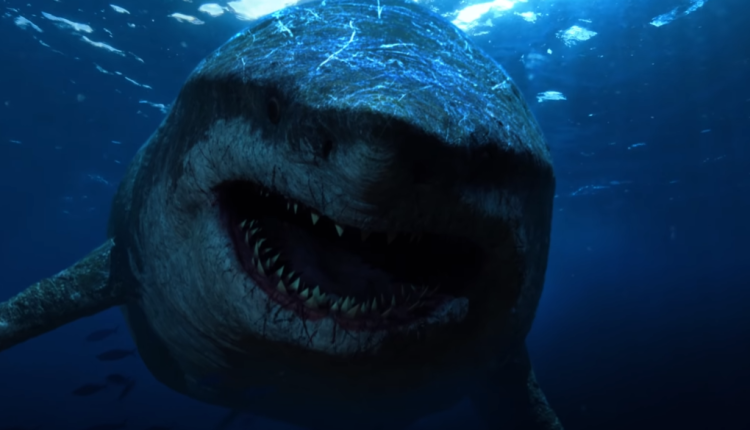Megalodon’s Final Secret: Scientists Reveal Groundbreaking Clue That Alters Extinction Theories Forever!
The enormous prehistoric sharks known as megalodons, which have captivated our attention with films like The Meg, are undergoing a transformation in the scientific community.
A recent study led by Kenshu Shimada, a paleontologist at DePaul University, and Phillip Sternes, a doctoral candidate at the University of California, Riverside, challenges previous assumptions about the iconic creatures’ body shape.
Until now, researchers often turned to great white sharks as a model for megalodons’ appearance. However, the new research suggests that megalodons had slimmer bodies than their great white counterparts.
The study, based on the reevaluation of an incomplete set of fossil vertebrae found in Belgium, indicates that the Otodus megalodon would have measured at least 11.1 meters (36.4 feet), rather than the previously estimated 9.2 meters (30.2 feet).
The research highlights that applying the body shape of great white sharks to megalodons would result in unrealistically small vertebrae diameters. According to Shimada, such dimensions would not provide adequate support for the muscles of a megalodon, increasing the risk of spinal cord injuries.
Megalodons’ Unique Adaptations

Shimada emphasizes the need for a more biologically realistic approach to understanding megalodon biology. The study challenges the notion that modern great white sharks serve as accurate analogs for certain aspects of megalodon biology.
While some shark species, including megalodons, strengthen their cartilage through calcification, Shimada suggests that relying solely on the modern great white shark might lead to misconceptions.
Despite the allure of megalodons, much about their biology remains a mystery due to the scarcity of their fossil record. Shimada expresses hope for the discovery of a complete megalodon skeleton, which could provide further insights into their anatomy and behavior.
The study, published in the journal Palaeontologia Electronica, adds another layer to the ongoing quest to unravel the mysteries of megalodons.
As researchers continue to correct misconceptions and explore unanswered questions, these prehistoric giants remain elusive, leaving us with more to discover about their enigmatic existence.

